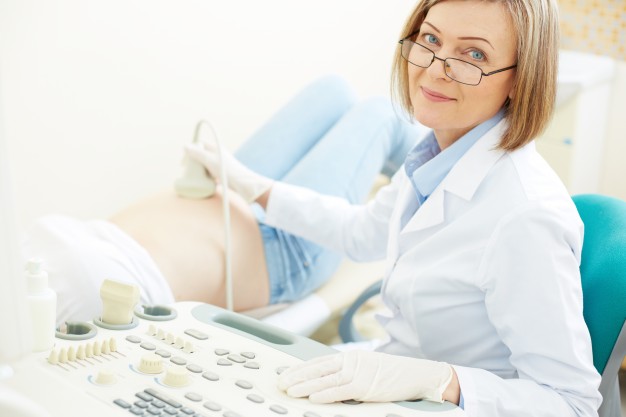
Characteristics of a successful romantic relationship
Characteristics of a successful romantic relationship
Love can mean a strong feeling such as satisfying basic emotional needs, it provides the most intense feeling of intimacy, and it usually signifies interpersonal love. Interpersonal love is a relationship between two people greater than the affection for each other, and is closely related to interpersonal relationships, and it also includes love relationships.
A happy and stable romantic relationship is important for many aspects of our lives. A strong connection with a boyfriend / girlfriend and love provide us with support, improve health and relationships with other people. For a relationship to be successful, it requires investment and effort on the part of both partners. It is not always easy to preserve yourself when you are in a relationship and it is often easiest to give up at the first hurdle. Although we know that every relationship is different, there are still several characteristics that make every love relationship strong and successful.
The first is mutual communication, which is important from the very beginning of the relationship and must not be interrupted. In a healthy and happy relationship, partners can tell each other without hesitation what is bothering them. An open and honest conversation is key to better mutual understanding.
Another is a quality time spent together in an activity. The time spent in conversation promotion connection and sharing and strengthens the bond.
The third feature that makes a relationship strong and successful is compromise. Relationships between people are based on compromises where there is no room for winners and losers. In quarrels and discussions, it is important to respect your partner, but also to tell him / her honestly how you feel. In a healthy relationship, it is normal to say what you feel without guilt that someone will feel bad because they have a different opinion. The goal of an argument is not to win and deliberately draw out old and past, unresolved disputes. Likewise, after an argument, one must know how to forgive and then forget.
The fourth would be to maintain physical intimacy for the reason that people need physical contact from an early age, which does not necessarily refer to sexual intercourse. Research shows that gentle touch is responsible for the growth of oxytocin levels in the body, a hormone that affects connectivity and attachment.
Furthermore, just as it is important to spend time together, as the fifth thing that is important in a relationship is time for yourself. No person can satisfy absolutely all your needs and desires, so relationships with other people such as friends are also important. Time together is important, but so is the time dedicated to yourself and time spent doing the things you love. However, after separate activities, there is no need to question the other person where he / she was, what he / she was doing and with whom.
The last fact important for a successful relationship would be accepting problems as a couple. People are different and often have different opinions and the way they deal with problems. Difficult situations in life, such as parental divorce or failing at school, have an impact on both partners and can make it difficult to understand each other. Different people in stressful situations position themselves differently, and misunderstanding can lead to anger and frustration. It is therefore important to understand that ups and downs are part of the relationship and not ignore the problems. It is important to be open to change and face it together, i.e. as a couple.
Finally, it is very important to be involved in each other’s lives. Lack of involvement in the life of your boyfriend / girlfriend and lack of communication increases the distance between you. Working on togetherness enables understanding and connection. Being involved in each other’s lives means showing interest in the other person’s daily life, without exclusion from one’s life and with frequent conversations about everything.





